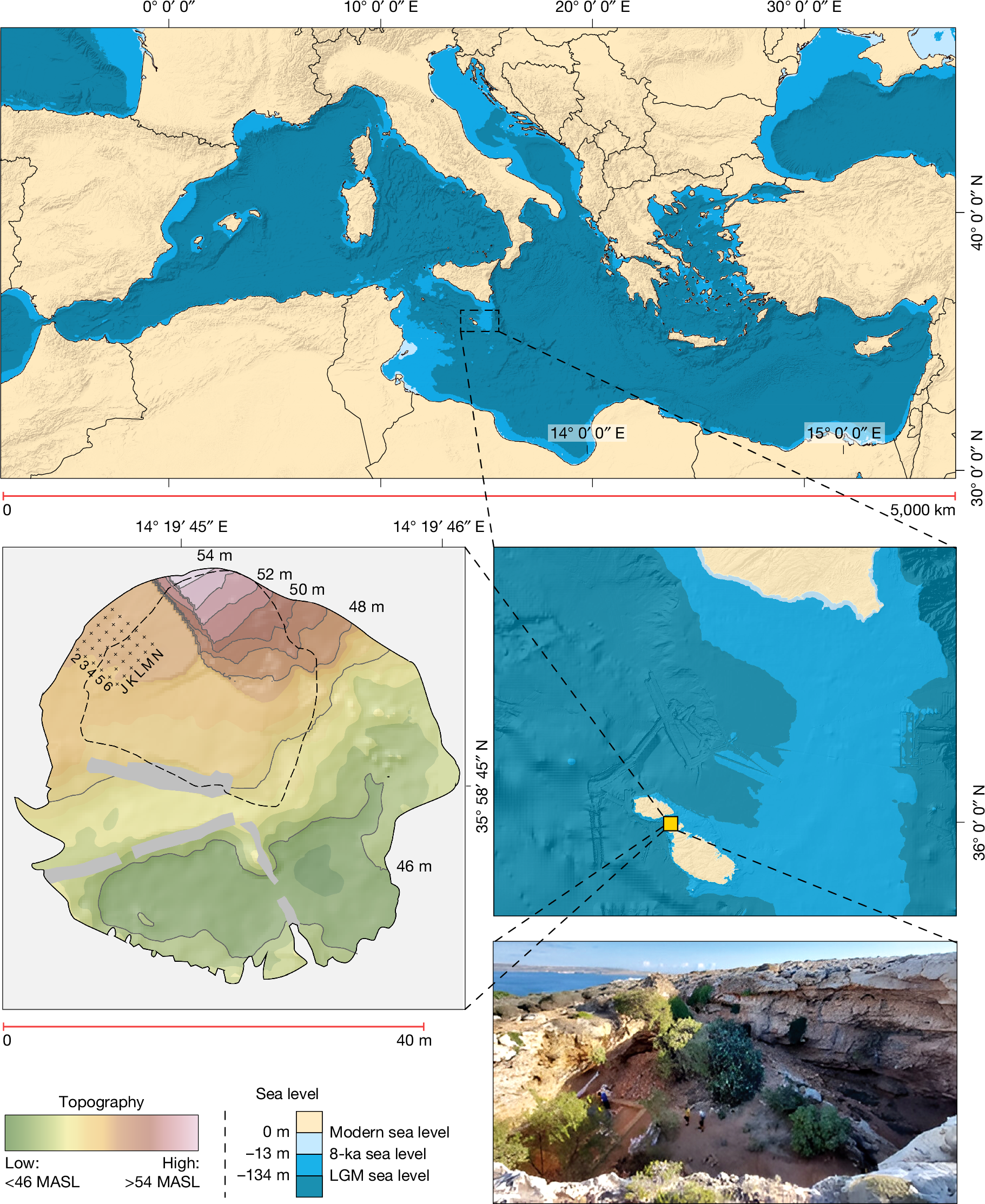2025-04-07 ジョージア工科大学

A micro-scale brain sensor on a finger. Credit: W. Hong Yeo.
<関連情報>
- https://research.gatech.edu/new-wearable-brain-computer-interface
- https://www.pnas.org/doi/10.1073/pnas.2419304122
持続的拡張現実感ブレイン・コンピュータ・インターフェイスのための、毛包間のモーション・アーチファクト制御マイクロ脳センサー Motion artifact–controlled micro–brain sensors between hair follicles for persistent augmented reality brain–computer interfaces
Hodam Kim, Ju Hyeon Kim, Yoon Jae Lee, +15, and Woon-Hong Yeo
Proceedings of the National Academy of Sciences Published:April 7, 2025
DOI:https://doi.org/10.1073/pnas.2419304122
Significance
This study overcomes traditional brain–computer interfaces’ (BCI) limitations by developing motion artifact–controlled micro–brain sensors that integrate seamlessly between hair strands. The sensor-integrated wearable system achieves ultralow impedance density and high-fidelity neural signal capture for multiple hours, even during intense motion, by demonstrating continuous telecommunication using augmented reality. This advance provides a pathway for the practical and continuous use of BCI in everyday life, enhancing the integration of digital and physical environments.
Abstract
Modern brain–computer interfaces (BCI), utilizing electroencephalograms for bidirectional human–machine communication, face significant limitations from movement-vulnerable rigid sensors, inconsistent skin–electrode impedance, and bulky electronics, diminishing the system’s continuous use and portability. Here, we introduce motion artifact–controlled micro–brain sensors between hair strands, enabling ultralow impedance density on skin contact for long-term usable, persistent BCI with augmented reality (AR). An array of low-profile microstructured electrodes with a highly conductive polymer is seamlessly inserted into the space between hair follicles, offering high-fidelity neural signal capture for up to 12 h while maintaining the lowest contact impedance density (0.03 kΩ·cm-2) among reported articles. Implemented wireless BCI, detecting steady-state visually evoked potentials, offers 96.4% accuracy in signal classification with a train-free algorithm even during the subject’s excessive motions, including standing, walking, and running. A demonstration captures this system’s capability, showing AR-based video calling with hands-free controls using brain signals, transforming digital communication. Collectively, this research highlights the pivotal role of integrated sensors and flexible electronics technology in advancing BCI’s applications for interactive digital environments.


